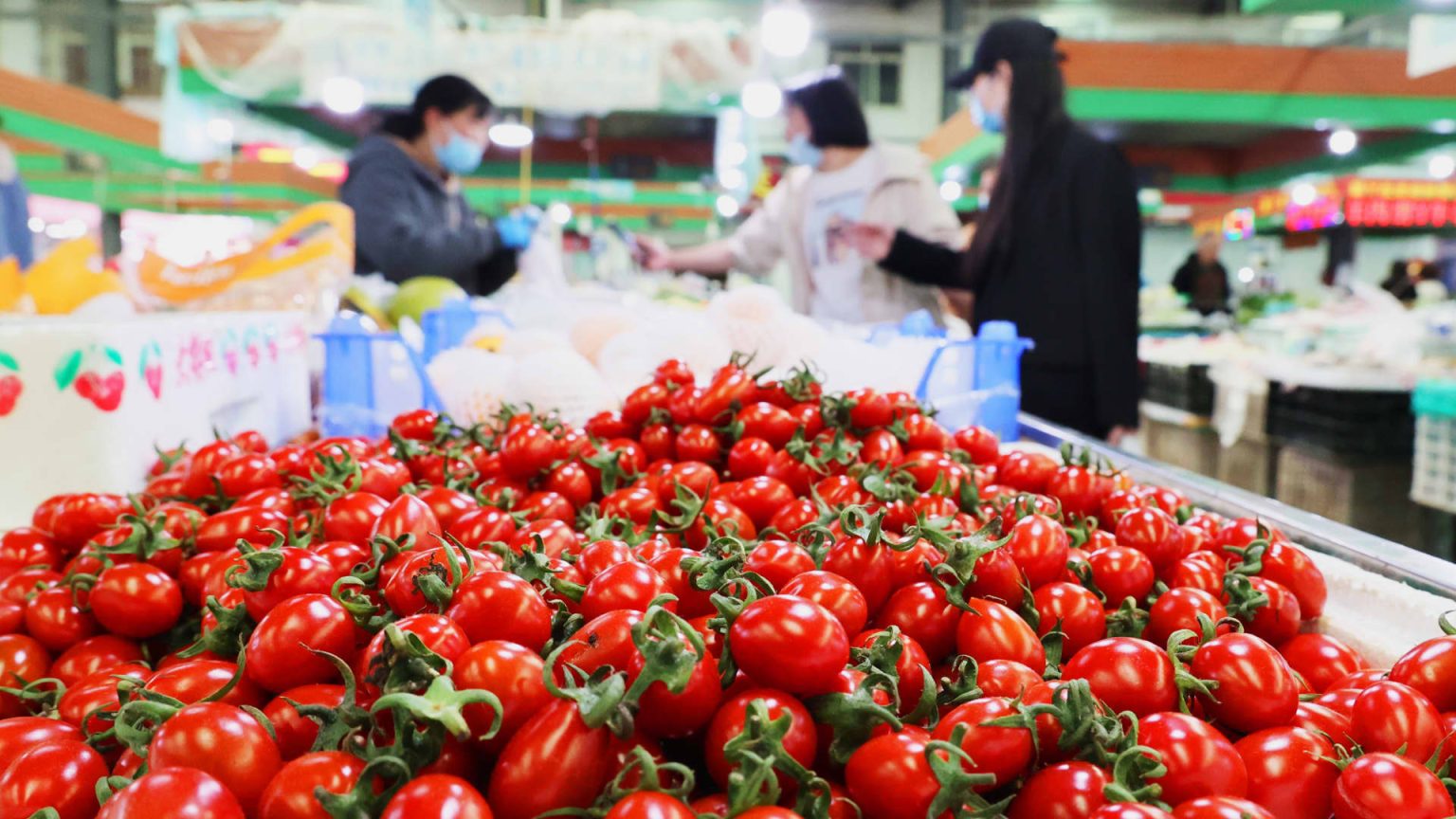China’s economy is showing signs of sluggish growth, with indicators pointing towards potential easing of monetary policy. The National Bureau of Statistics is set to release data on retail sales, industrial production, and fixed asset investment for April. Analysts expect a slight increase compared to March. China is also planning to issue its first ultra-long bond, a 30-year term, as part of a program totaling 1 trillion yuan for strategic projects. However, some weaknesses in the economy suggest a softening of economic momentum, leading to expectations for rate cuts by the central bank by the end of June.
The drag from the real estate sector continues to impact the economy, with businesses and consumers remaining conservative about spending. The People’s Bank of China released new loan data for April, revealing a sharp slump in demand with several metrics at their lowest levels in at least two decades. While some of the weakness may be attributed to changes in data calculation and crackdown on certain types of loans, there are concerns about genuine sluggish demand in the country. New bank loans to businesses and households dropped sharply in April, with loans falling below levels seen in 2019.
The 12-month moving average for new loans has started to trend downward for the first time since the financial crisis in 2008, raising worries about a potential growth deceleration. The amount of new business loans remains higher than in 2019, but household loans have fallen below that level. A survey by The China Beige Book in April found corporate borrowing declining, especially in services, despite lower interest rates. M2 money supply growth in April was at its slowest pace on record since 1986, indicating a lesser emphasis on credit expansion going forward.
While measures of credit and money supply growth have slowed, policymakers in China are shifting focus towards exports and new energy sectors to spur economic growth. The central bank has hinted at further cuts to banks’ reserve requirements and policy rates to support the economy. Regulatory changes have impacted credit data, but underlying demand remains a concern. Chinese exports have remained resilient despite trade tensions, while the real estate sector continues to be a drag on the economy, with sales shifting towards the secondary market.
Real estate sales are decreasing, with developers not benefitting much as the market searches for stability. China’s primary residential market is expected to shrink by 16% this year, as the focus shifts to dealing with existing housing inventory and improving new supplies to stabilize the property market. Investors are awaiting a major government meeting in July for signals on longer-term economic policy. Despite challenges in the real estate sector, China’s exports have held up, and policymakers are looking to rely on exports and new energy sectors for growth.


